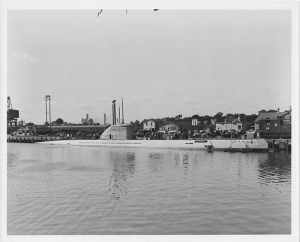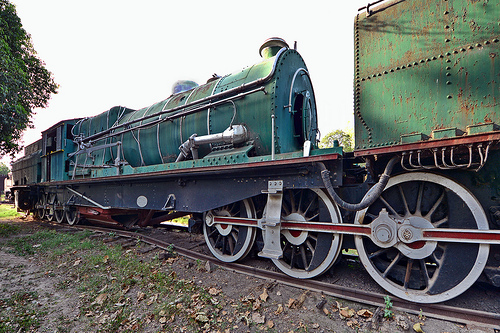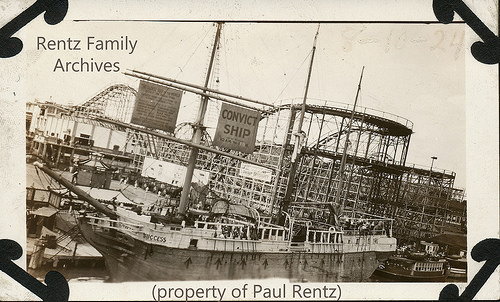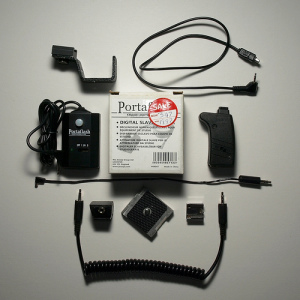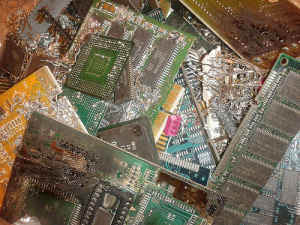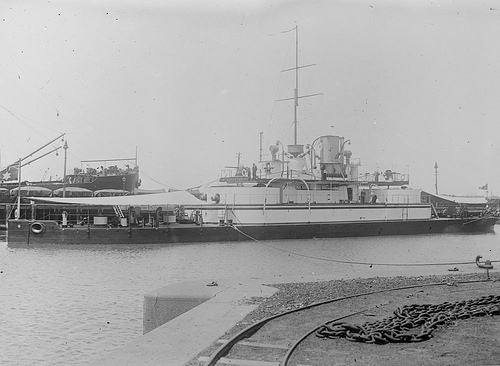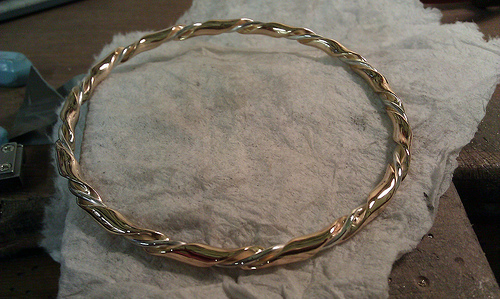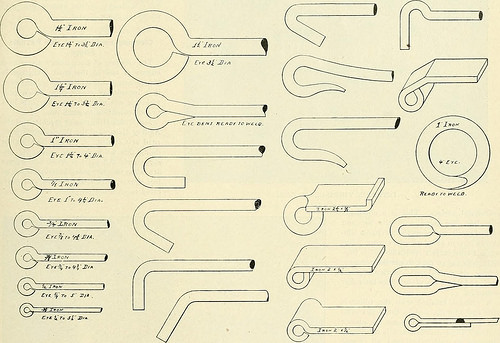A tube cleaner is a generic term for a variety of equipment designed to remove residue and scale deposits from the interior of tubes used in condensers, chillers, boilers, and heat exchangers. A tube cleaner can be as simple as a brush pushed manually through the tubes. Tube cleaners can also use air or water […]
Read More...
A tube cleaner is a generic term for a variety of equipment designed to remove residue and scale deposits from the interior of tubes used in condensers, chillers, boilers, and heat exchangers. A tube cleaner can be as simple as a brush pushed manually through the tubes. Tube cleaners can also use air or water pressure to assist removal of the build up on the tube walls, and can be operated on electricity or compressed air. A more sophisticated tube cleaner incorporates a flexible cleaning head or brush and a vacuum to pick up all the debris loosened by the cleaning tool.
Industrial equipment involving heat transfer requires periodic cleaning because of the tendency of materials to be deposited on the inner walls of the tubes. A fire tube configuration, for example, creates steam by passing heated combustion gases through tubes that run through a larger chamber containing water. Soot builds up on the tube walls; if not removed with a tube cleaner at intervals, it interferes with the efficiency of the heat transfer and wastes expensive fuel.
In a water tube configuration, the water flows through the tubes surrounded by the combustion chamber. Depending on the contaminants in the water, calcified scale can form on the tube walls and require removal. The scale is firmly attached to the tubes. In addition, water tube boilers can have bends and twists in the tubes, requiring cleaning equipment that can make the same turns.
A simple tube cleaner sometimes consists of nothing more than using a nozzle to force high-pressure air or water through the tubes. In other situations, a brush mounted on a long rod is pushed through the tubes. These procedures are manually intensive because of the necessity to clean each tube separately. While these methods are reasonably effective at removing the build up, the resulting debris coming out of the tubes creates another mess to be cleaned up.
More recent modifications include a tube cleaner that will drive a specially designed cleaning head through a tube using mechanical force, eliminating the need for a human worker to exert the effort to loosen the residues. The cleaning head rotates and vacuums the debris from the tube as it moves through. Another variation is a cleaning head encased in a sheath that uses a water rinse to flush debris as it is loosened from the tube. Newer equipment is built with flexible shafts to allow for sagging in tubes and avoid damage to tube walls.
A tube cleaner can be configured as a large freestanding unit operated with a foot pedal to control speed of rotation and water flow. Portable units are also available with long hoses and interchangeable shafts for smaller applications. Pneumatic tube cleaners driven by compressed air can be used in applications where the use of electricity is problematic.
Industrial equipment involving heat transfer requires periodic cleaning because of the tendency of materials to be deposited on the inner walls of the tubes. A fire tube configuration, for example, creates steam by passing heated combustion gases through tubes that run through a larger chamber containing water. Soot builds up on the tube walls; if not removed with a tube cleaner at intervals, it interferes with the efficiency of the heat transfer and wastes expensive fuel.
In a water tube configuration, the water flows through the tubes surrounded by the combustion chamber. Depending on the contaminants in the water, calcified scale can form on the tube walls and require removal. The scale is firmly attached to the tubes. In addition, water tube boilers can have bends and twists in the tubes, requiring cleaning equipment that can make the same turns.
A simple tube cleaner sometimes consists of nothing more than using a nozzle to force high-pressure air or water through the tubes. In other situations, a brush mounted on a long rod is pushed through the tubes. These procedures are manually intensive because of the necessity to clean each tube separately. While these methods are reasonably effective at removing the build up, the resulting debris coming out of the tubes creates another mess to be cleaned up.
More recent modifications include a tube cleaner that will drive a specially designed cleaning head through a tube using mechanical force, eliminating the need for a human worker to exert the effort to loosen the residues. The cleaning head rotates and vacuums the debris from the tube as it moves through. Another variation is a cleaning head encased in a sheath that uses a water rinse to flush debris as it is loosened from the tube. Newer equipment is built with flexible shafts to allow for sagging in tubes and avoid damage to tube walls.
A tube cleaner can be configured as a large freestanding unit operated with a foot pedal to control speed of rotation and water flow. Portable units are also available with long hoses and interchangeable shafts for smaller applications. Pneumatic tube cleaners driven by compressed air can be used in applications where the use of electricity is problematic.
Related Posts
-
 How to Determine Your Scrap Gold’s Value
The majority of individuals do not understand they have the facility to generate money
How to Determine Your Scrap Gold’s Value
The majority of individuals do not understand they have the facility to generate money -
 Where Can I
Graduate school scholarships are readily available for you; all you need to do is
Where Can I
Graduate school scholarships are readily available for you; all you need to do is -
 What’s the Difference Between 10K, 14K, 18K and 24K Gold Jewelry?
Gold jewelry is an asset for the buyer, or in the event where it
What’s the Difference Between 10K, 14K, 18K and 24K Gold Jewelry?
Gold jewelry is an asset for the buyer, or in the event where it -
 Selling Your Scrap Car
While many of us do have a tendency to get attached to our old
Selling Your Scrap Car
While many of us do have a tendency to get attached to our old -
 Scrap my Car
Have you ever just thought ‘I should scrap my car’? Well you’re not the
Scrap my Car
Have you ever just thought ‘I should scrap my car’? Well you’re not the -
 How to Melt Scrap Gold
Gold is one of the world’s precious metals. It is used in numerous countries
How to Melt Scrap Gold
Gold is one of the world’s precious metals. It is used in numerous countries -
 Are You Looking For the Best Gold Buyers
Today Gold Prices are almost touching the skies. If you are planning to
Are You Looking For the Best Gold Buyers
Today Gold Prices are almost touching the skies. If you are planning to -
 Learning About Selling Gold
Not only are the markets in the U.S. starting to look very shaky, but
Learning About Selling Gold
Not only are the markets in the U.S. starting to look very shaky, but






